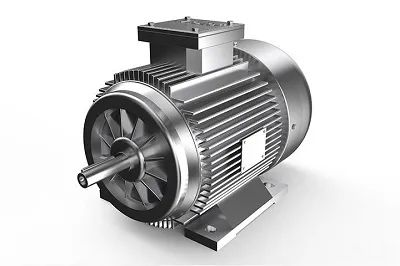Methods to reduce no-load torque of brushless motors
The no-load torque of a brushless motor is determined by various no-load losses of the motor. If the no-load torque is large, the no-load loss of the motor will be large, which will affect the extreme efficiency of the motor and the position of the extreme efficiency point, as well as the width of the efficiency platform of the motor at a certain efficiency point.

The no-load torque of the brushless motor is generally the fixed torque of the motor. The no-load loss of the motor is related to the iron loss of the motor, the copper loss caused by the no-load current of the motor, the tube voltage drop of the controller, the internal resistance of the MOS tube, and the motor rotor. It is related to wind friction loss, friction loss of motor bearings during operation, etc. When the actual motor speed increases, the wind friction loss of the motor and the bearing friction loss of the motor increase accordingly, and the no-load torque of the motor also increases accordingly. The following is a brief introduction to several methods to reduce the no-load torque of brushless motors.
(1) Reduce the iron loss of the motor rotor or brushless motor stator and increase the material grade of the punched sheets.
(2) Reduce the wind friction loss of the motor rotor and increase the required level of rotor surface roughness. Magnetic mud groove wedges are used to fill the stator slots and a slender rotor is used.
(3) Select bearings correctly. It is not advisable to use large bearings that exceed the requirements. Strictly control the processing requirements of the bearing's slideway, reasonably select the gap between the bearing balls and the slideway, and reasonably select the bearing grease.



























 XINDA
XINDA